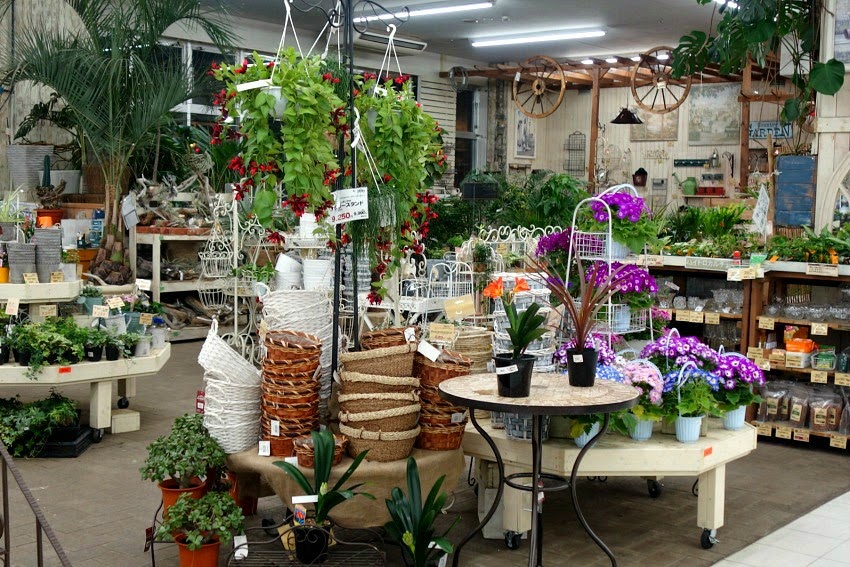I went to Edo-Tokyo Open Air Architectual Museum in Koganei City, western Tokyo.
It was perfect weather for taking photo today.
東京西部、小金井市にある江戸東京たてもの園に行ってきました。最高の写真日和でした。
Outline of Edo-Tokyo Open Air Architectual Museum
Since the Edo period, Tokyo has lost many valuable historical buildings because of fires, floods, earthquakes and warfare. Today, the city’s valuable cultural heritage is still being eroded due to social and economic changes.
In 1993, the Tokyo Metropolitan Government established the seven-hectare Edo-Tokyo Open-air Architectural Museum as part of the Edo-Tokyo Museum. This museum aims to relocate, reconstruct, preserve and exhibit historical buildings of great cultural value that are impossible to preserve at their actual places as well as to inherit these valuable cultural heritages to future generations.
We have been relocating and reconstructing buildings in accordance with the requirements for preservation, based on a long-term plan for the reconstruction of 30 buildings.
江戸東京たてもの園の概要
江戸時代以来、東京では沢山の貴重な歴史的な建造物を火事や洪水、地震、戦争などで失って
きました。今現在でも、東京の貴重な文化遺産は社会的あるいは経済的な状況の変化などによって徐々に失われつつあります。
1993年に、東京都は、江戸東京博物館の一部として、7ヘクタールに及ぶこの江戸東京たてもの園を建設しました。この博物館は、現地では保存が不可能となった偉大な文化的価値のある建造物の移築、再現、保存、展示をし、それらを次世代に引き継ぐことを目的として作られました。建物の移築と再現は、30の建造物を復元するための長期計画に基づいた保護要件に従って行われています。
The house of Yoahino (吉野家)
This is a historic wooden private house that was constructed in the late Edo period.
The Yoshino family was the upper class peasants called Nanushi (名主, village headman.), in the suburbs of Tokyo. Nanushi mostly were well enough educated as the samurai. It is said that even the lower class peasants could read hiragana and katakana, if not kanji, in those days in Japan.
The following picture is the irori fireplace on dirt floor near the back door of the house.
The old equipments for agricultural work are hung on the wall. I've so often seen a house with a nameplate of Yoshino on a gatepost, around the area where I live in now. Most of them appears to have a big house with a big garden. I guess that they are the members of the Yoshino family that I've known in the museum.
吉野家
この家は江戸時代後期に建てられた、歴史的な木造の民家です。吉野家は東京郊外で名主と呼ばれる上流階級に属する農家だった。名主は、武士と同等の高い教育レベルを誇っていた。当時の日本では、一般人でさえ漢字は読めないまでも、ひらがなカタカナくらいは読めたそうだ。
下の写真は家の裏口を入ったすぐの土間にある囲炉裏です。古い農機具が壁に並んでいるのが見える。私が今住んでいる家の近所でもよく「吉野」の表札を見かけるが、この吉野さんたちのほとんどが広い庭のある大きな家に住んでいる。かれらは多分、江戸東京たてもの園で見た名主の吉野家の末裔の人たちなのではないかと思う。
The regular rooms covered with tatami, straw mats. Usually the Japanese houses were
made of only wood and paper. There was no custom of making houses by stones in
the past Japan. The reason is described that Japan has produced a lots of woods for
its highly humid climate and woods work well in reducing moisture in the house.
畳(ござ)敷きの居間。当時のたいていの日本の家は木と紙でできていた。家を石で作る習慣はなかった。その理由は多分、日本は多湿の気候で木材がたくさん採れたことと、木は家の中の湿度の調節に役立つこと、などにあったのであろう。
The top-left shelf is a kamidana(神棚),home shrine. People had it in the highest place of the room, and prayed for their family's health and safety everyday.
写真左上にあるのは神棚。人々は部屋の一番高い場所にこれを設け、家族の日々の健康や安全を祈った。
The open-timbered ceiling of the house.
吉野家の梁がむき出しになった天井。
This is the shrine, kyu-Jishouin Otamaya (旧j自証院霊屋) constructed in 1652 for worshiping the spirit of Ofuri no kata (お振りの方) who was a concubine of the thrid Sogun Iemitsu Tokugawa (徳川家光).
旧j自証院霊屋、三代将軍徳川家光の側室のお振りの方の霊を供養するために、1652年に建てられた。
台所の隅にある竈の上に見えるのは大釜。ここで主食である米を炊いた。
An off-street of Tokyo in the 1920s. Somehow I have a nostalgic feel at this.
1920年代の東京の路地裏。どこか懐かしい雰囲気。
Murakami Seikado (村上精華堂), a cosmetic shop built in 1928 in Taito Ward, Tokyo, adopted in Western architectural style.
村上精華堂。1928年に東京の台東区に建てられた化粧品店。西洋の建築様式を取り入れている。
Manseibashi porice box (万世橋交番), built in the close of the 19th century in Kanda(神田), Tokyo.
19世紀の終わりに東京の神田に建てられた万世橋交番。
Storefront of an umbrella shop. We can see a row of brush on the cross bar in upper right of the picture. These were used for spreading paste when craftworker made umbrella from paper.
傘屋の店先。鴨居のところにたくさんの刷毛が掛かっている。これらの刷毛は職人が紙で傘を作るときに糊を塗るために使ったもの。
Maruni shoten (丸二商店), a shop selling pots, pans and household goods. The building has been reproduced the appearance of the shop back then the 1930s.
鉢や鍋などの日用品を売っていた丸二商店。1930年代当時の店を再現したもの
Browsing the shop, there are handbaskets, storage bins, dishes, and straw mats.
店内では手提げ籠や衣装ケース、食器やござなどが売られていた。
Pots, mats, pans, ladles, saucepans and crocks.
鉢や敷物、鍋、おたま、片手鍋、壺などが見える。
A public bathhouse Kodakara-yu (子宝湯) built in the1920's. The Japanese people loved taking a bath since early times. Maybe it was connected to Japan's hot and humid climate in summer. Now few people use them.
1920年代に建てられた公衆浴場の子宝湯。日本人は昔からお風呂が好きだった。夏の高温多湿の気候のせいもあっただろう。今はもう銭湯に通う人は殆どいない。
A drinking place built in the late Edo period. There are many sake bottles.
江戸時代後期に建てられた居酒屋。酒瓶がたくさん並んでいる。
The gate of Date family
Date family was a "Daimyo" (feudal governor)of Tokugawa Shogunate, governd Uwajima, Ehime Prefecture as of now. This is a common structure of the gate of daimyo residences. Entering the gate, you can see a gatekeeper's lodge rightward.
伊達家の門
伊達家は徳川時代の大名で、今の愛媛県の宇和島を支配していた。この門は大名家の標準的な作りの門である。門を入ると、右側に門番の小屋がある。
The gate of Date family from a different angle
伊達家の門。別の角度から。
(Sony Syber Shot DSC RX100.)




































